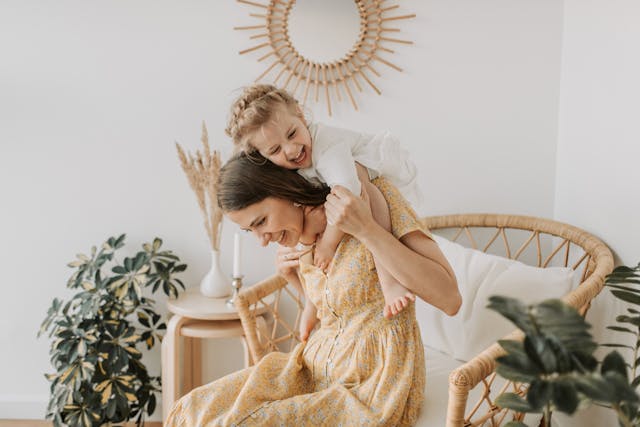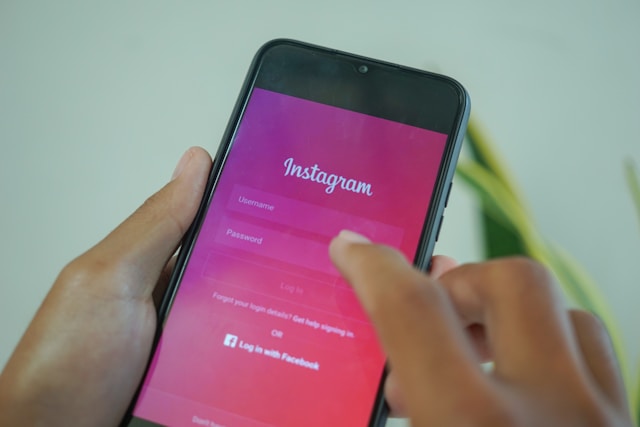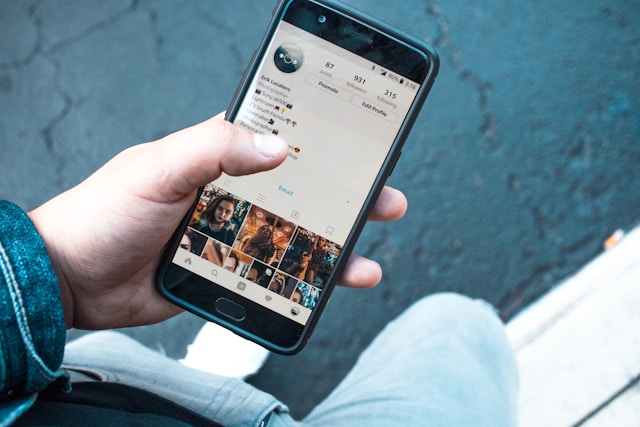What Is a Media Kit: An Influencer’s “Resume” for Brand Gigs
When aspiring applicants come in for a job interview, they hand in their resume. This document will have all their achievements, credentials, and past work experience. Their potential employer will review it and decide if they’re worth hiring. Resumes and CVs are very common in any industry. But did you know that influencers also have something similar? Their “resume” is called a media kit. So, what is a media kit, and what kind of information will you find in it?
A media kit is a tool that helps content creators land brand collaborations and influencer marketing projects. It’s a way to introduce themselves to potential clients who might sponsor their posts or hire them for campaigns.
Today, we are taking a deep dive into everything you need to know about building a media kit. By the end of this guide, you should be confident in crafting your kit and sending it to brands. Let’s jump right into it!
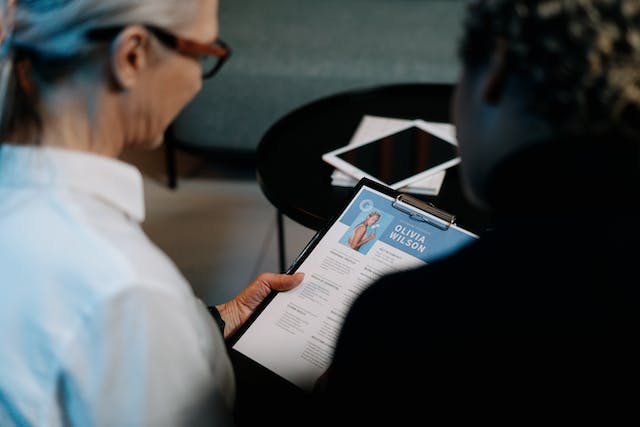
Landing Those Brand Deals: What Is a Media Kit for Influencers?
As an influencer, before you can land a brand partnership, you must prove yourself to that brand first. Instead of coming in for a job interview and negotiating a contract, you simply send them your media kit. But what is a media kit for influencers?
An influencer’s media kit is a document that shows potential clients everything about that content creator’s brand. Also called a “press kit,” it houses information about an influencer’s target audience, niche topics, and social media stats. They will then send this kit to companies that might partner with them to “sell” their influencer brand.
Respectable, professional influencers of any stature will have a media kit, whether hot-shot macro-influencers or small-time nano-influencers. The kit’s contents will be very similar across the board. The main difference will be the creative execution and actual information. Here are the things you should try and include in your media kit:
- An introductory cover page stating your name, background, niche topics, and goals as an influencer.
- Your audience demographic, including their gender, age, and location.
- Social media stats, such as your engagement rates and audience size on your platforms.
- Content you’ve created in the past, whether high-resolution images you shot or blog posts from a personal website.
- Previous collaborations with big brand names. Testimonials from these clients can strengthen this portion, too.
- The services you offer, like sponsored posts, user-generated content, event appearances, and more.
- The rates you charge for your services.
- Any press releases that mention you and your previous collaborations.
- Your contact details, from your mobile number to your email address. That way, a brand can easily reach out to you if they want to work together.
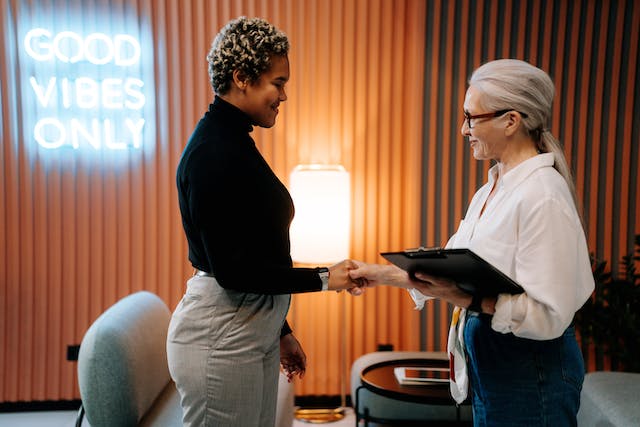
Media Outlets Do It Too: What Is a Media Kit in Advertising?
But content creators aren’t the only people that have media kits. In the world of advertising and publications, media kits are pretty standard, too. So, what is a media kit in advertising? Is it completely different from an influencer’s media kit?
While the goal of a media kit in advertising is the same as an influencer’s, the content will differ. The primary purpose of an advertising media kit is to lure brands to advertise on a channel or media outlet. Magazines, radio stations, TV networks, websites, and digital ad networks are commonly known to distribute media kits to brands. These specific media kits usually contain:
- A brief history and background of the media company.
- Advertising placements that a brand might be interested in. For example, a TV network might list down show segments and TV commercial spots in their media kit.
- Their audience size and demographics show the brand what kind of people their outlet can reach.
- The media outlet’s rate card shows deals and packages for their ad placements.
- Case studies that tell the story of brands successfully launching their ad campaigns with the media outlet. Client testimonials are ideal as well.
- Contact details of the point person from the media outlet.
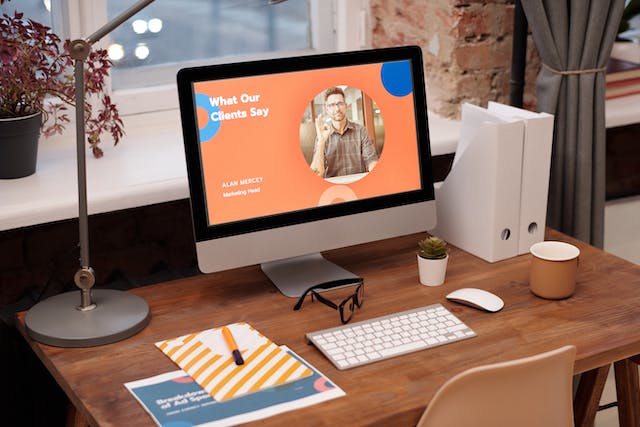
How To Create a Media Kit and Impress Your Potential Clients
A media kit helps potential client brands quickly gauge if they want to collaborate with you. It represents your achievements and identity as a content creator, so it has to be close to perfect. So, when creating your media kit, you need to pore over every section and meticulously design each page.
Nervous about making a press kit? Here’s how to create a media kit that will surely impress the brands you’re dying to work with, step by step.
1. Pin Down Your Brand Identity and Goals
The first thing you want to do is have your brand identity and personality down pat. You want a straightforward story to tell your potential clients when they go through your media kit. Ensure you know what niche topics you operate in and your goals as a creative content creator. By knowing all these, you’ll have an easier time writing your introductory page later.
2. Gather All Your Information and Best Work
Then, it’s time to gather all the pertinent information about your career as an influencer. This part is incredibly important as it makes up the meat of your media kit.
Put together all the data you want to show off in your kit. Extract insights from social media, such as your Instagram reach, engagement rate, number of views, and more. Check your audience size as well.
Create a list of all the brands you’ve collaborated with. If you’re still in touch with those you worked with for those projects, ask for a testimonial. You can add this to your media kit for extra pizzazz and credibility.
If you’re a visual artist or photographer, collate all your visual works. Take screenshots of your best-performing and aesthetically appealing Instagram content to include in the kit.
3. Create an Aesthetically Stunning Cover Page
The next step is to choose where you want to create your media kit. Some people are comfortable with Photoshop, but you can also build your kit on PowerPoint or Google Slides.
Then, it’s time to design a captivating cover page for your media kit. It’s important to nail this page, as it’s the first thing brands will see when they receive your media kit.
Include a headshot or a creative photo of yourself (make sure you use high-resolution images only!) Then, write a statement that gives an overview of who you are and what you do as a content creator. Insert as much personality as you can when writing this part while still sounding professional.
4. Display Your Important Stats, Data, and Past Collabs
Fill in the rest of your media kit with the important information you gathered about your career. Present complex data like social media stats and your audience demographics in a fun and easily digestible way. Put your old projects in the limelight, being mindful to mention the biggest brands you’ve worked with first. Add a list of the services you can offer as an influencer, too.
Don’t forget to include your contact details near the end of your media kit. If you don’t, the brands won’t know how to contact you if they wish to collaborate. Add links to your social media platforms as well.
5. Proofread and Make All Necessary Edits
When you’re happy with the design and content of your media kit, it’s time to proofread. Make sure there aren’t any errors in your writing. Typos and bad grammar just scream unprofessional, and you don’t want to make a wrong impression on potential clients.
If your media kit is too wordy, try to cut it down and make it more concise. The point of a media kit is for brands to see your life as a content creator in an instant. You don’t want it to drag on and on. Edit the document to ensure only the essentials and your best work are there.
After editing, all you have to do is save the document, and you’re done! You’re ready to share it with the world and impress your dream brands.
Media Kit Examples To Draw Inspiration From
Still not sure how you want your media kit to look? Here are some exciting, engaging, and informative media kit examples you can draw inspiration from.
First, let’s look at the media kit of Christina Galbato. This travel influencer created a media kit focused on wanderlust and her previous collaborations during her travels abroad.
On her cover page, she introduces herself as a blogger and influencer who loves luxury travel and style. She then lists brands she’s worked with, including hotels and tourism boards. To excite her potential clients, she adds whimsical, high-resolution images from her travels.
Lastly, Christina adds a list of services she’s willing to provide as a brand ambassador. These include sponsored Instagram content, blog posts, YouTube videos, and event appearances.
Another example of an amazing content creator media kit is this one from The Beauty Blotter. This one-pager shows you everything you need to know about Kirsten Brusse, a beauty influencer and professional makeup artist.
This media kit is excellent because it doesn’t shy away from complex numbers and social media stats. She displays her website traffic, audience demographics, and her audience size across her social media platforms. She also strategically shows off the brands she’s worked with by including their logos for easy recall.
One household brand that has an innovative “media kit” is Airbnb. Instead of a document, they have a web page that houses all their media assets and brand press releases. The content is neatly grouped into categories like hosts, homes, guests, and seasonal releases. This digital media kit is a terrific, convenient way to show all their stakeholders what they have to offer.
Where To Find an Influencer Media Kit Template
We get it—not everyone has a knack for graphic design. But don’t worry. Just because you’re not a Photoshop prodigy, it doesn’t mean you can’t create an aesthetically stunning media kit. There are plenty of free influencer media kit templates available online to make designing your kit a lot easier.
For example, social media management firm Later has a free Photoshop template for a minimalist, aesthetic media kit. Just tell them your niche (beauty, luxury, food and beverage, fashion, and so on) and your audience size. They’ll then generate a media kit template just for you. All you have to do is plug in details like your target audience and previous collaborations, and you’re good.
If you want something more customizable, go through the free media kit templates at Canva. This is a terrific option for those with no background in graphic design. Its drag-and-drop feature makes building and editing your perfect media kit a breeze.
The website has hundreds of templates to choose from. Tweak the template’s design elements, colors, and text to match your brand aesthetic and make the kit your own.
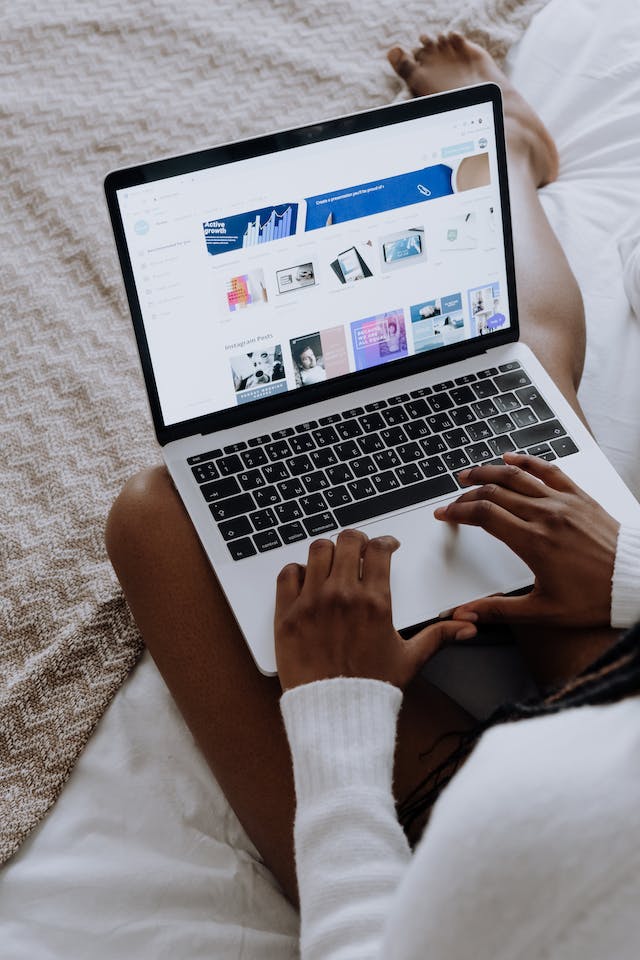
Sending Out Your Media Kit to Potential Brand Partners
Now that you’re done building your media kit and including all your pertinent information, it’s time to send it out. Here are some tips you’ll want to remember when sharing your media kit with potential clients:
- Constantly personalize your outreach. Email each brand with a unique message; don’t copy and paste the same thing repeatedly. Tell them why you want to work with their brand and what you can bring to the table. The more personal your message, the more likable and appealing you’ll seem.
- Ask for permission to send over your media kit. Don’t just attach it and send it right away. It’s polite and respectful to get a response first and then send your kit if they say they’re interested.
- Follow up if it’s been weeks since you sent your media kit and you haven’t heard from them again. Be gracious and polite about it. Never mean and entitled. Continue to have a cheerful disposition even over email and express that you are still eager to work with them.
- Deliver what you promised in your media kit. Don’t change your rates or back out of certain services that were written in your kit. This is highly unprofessional and will leave a sour taste in your client’s mouth. Be consistent and follow through with what you included in your media kit.

Beef Up Your Stats With Path Social Before Distributing Your Media Kit
A media kit is crucial for any content creator who wants to land influencer marketing projects. It’s their secret weapon for closing deals with brands.
In it, potential partners will see important information, such as their target audience, social media metrics, and previous collaborations. It will also have their contact details, like their email address, should the brand want to reach out.
Your media kit shows how your social media presence is faring. It would be good to increase your engagement rates and grow your following before sending out your media kit. That way, when brands read through it, they’ll see excellent metrics. What is a media kit for if not to showcase your stellar numbers?
Path Social can help with improving these metrics. With our targeting tool, we can serve your content to your niche audience. This not only boosts your engagement rates but also gives you new followers discovering your page for the first time. One look at your reach and engagement in your media kit and your potential clients will hire you immediately! Start gaining new fans and boosting engagement with Path Social today.
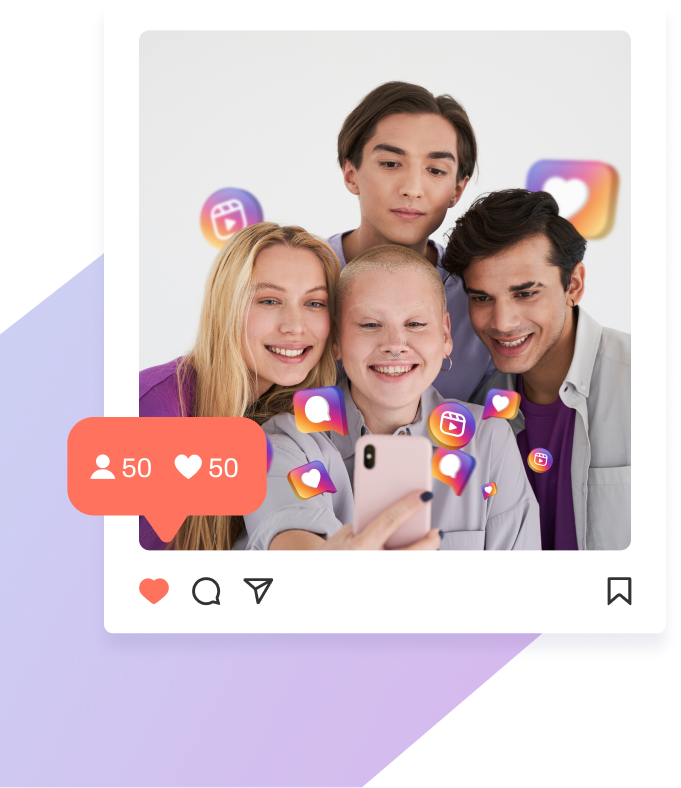
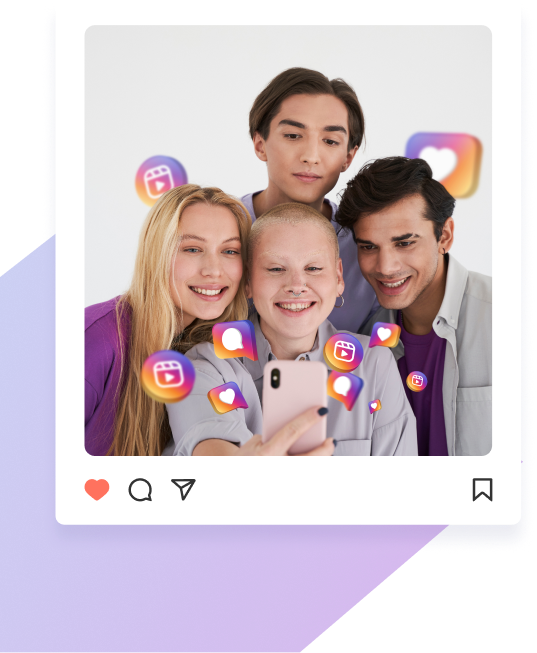
Want Free Instagram
Followers?
Let our AI targeted organic growth work for you for free
Get Free Instagram Followers



